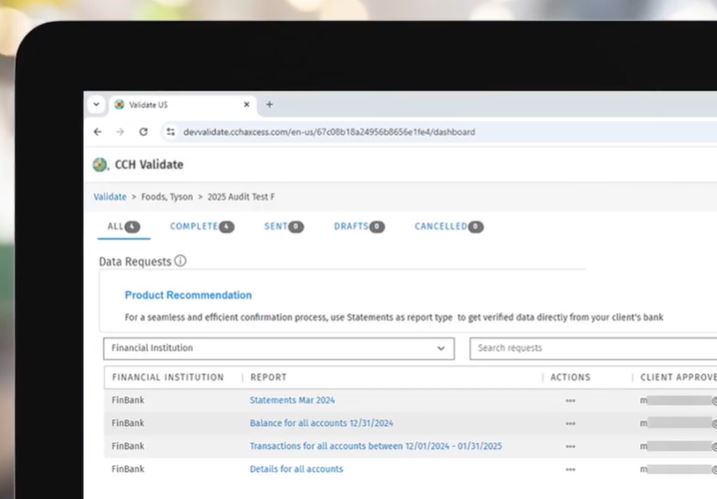From the December 2012 Issue.
Firms tend to build their strategic plans around the times of their annual meetings. For some of you, that is now, and for others of you this planning process falls at different times of year. However, many of your clients do their strategic planning between October and December in preparation for the coming year.
The closest most of us get to helping clients plan strategically is to minimize tax impacts by doing some tax planning in late October, November and early December. Helping clients save money is good, although somewhat tactical. Wouldn’t it be good to help clients, and your firm, make money by thinking strategically?
The Simple Formula
As you have seen repeatedly in this column, you need to have a business strategy and business tactics before you have an Information Technology strategy and tactics. The idea is you have to have a well-conceived business strategy to align the IT strategy with the business strategy. While reviewing some recent firm survey data, I was appalled that 81% of firms have no formal written IT strategy.
In fact, only 12% of firms have a formal written IT strategy. The statistics are similar for business plans. A philosophy learned from expert and now great friend, Dr. Bob Spencer says: “If it’s not in writing, it doesn’t exist!” This is true for business plans, IT plans and business continuity plans. Do you have your strategy, tactics and budget in writing?
Another statistic that comes from repeated survey data that is very counterintuitive is that when more is spent in IT, the money taken home by partners is greater. If IT spending is between 5-12% of top line revenue, the amount taken home will be the highest.
If you try to save your way to more money taken home by spending 0-5% of top line revenue, you’ve guaranteed that you’ll take home less money. This is not to say that you can afford to squander a single dollar spent on IT, but to remind you that you have to spend money to make money. Your clients need the same knowledge.
There are lots of approaches to business planning that work. A favored simple approach is The One Page Business Plan by Jim Horan (http://www.onepagebusinessplan.com/). There are many other methods that are quite good where goals are laid out with individual steps and responsibilities assigned.
You need to have a method that you consistently use for your firm and with your clients. Further, you need accountability for when things go right and wrong that is more than simply a compensation discussion.
Now, the technology can kick in. Other columns in this issue, including ones written here in the past, talk about all the new things to expect in the coming year. A simple list of major changes include: Windows 8, Office 2013, Windows Server 2012, SQL Server 2012, Exchange 2013, UltraBooks that include Thunderbolt hardware for increased speed, broader use of SSDs, increased RAM to 8GB, more use of cloud applications, and a preponderance of bolt on applications that extend capabilities of existing products.
You’ll see new generation accounting software, software improvements for tax notices and appeals with products like Beyond 415 and ValueAppeal, and new releases of software from the major publishers like CCH, Thomson and Intuit that improve integration. But with all of these technologies HOW do they fit your client’s needs and your firm’s strategies? That is the question.
The Opportunity
If you can conceive services needed by your clients that are not traditional compliance services, you will have opportunities to assist the clients year round. The clients will trust you more, call on you more for advice and in the process be willing to share more of their newly found abundance with you.
You will have to be prepared to be innovative, flexible and thoughtful while blending in a mix of reasonableness to your recommendations. It will be helpful if you can bring a few tools to the table whether those technologies are business planning tools, budgeting tools, financial reporting tools or specialty applications to solve specific problems. You may even have to help them navigate new Microsoft technologies or strategic decisions about the cloud and mobility. You’ll have to leave your comfort zone to help your clients.
The Action
Consider your firm’s business planning approach. Can you improve this and convince other partners that the change is good for your firm and your clients. Can you select the appropriate tools for your firm and be prepared to use them with clients in the future?
Build your plan for the future looking at both your firm and your clients. Include a strong dose of vision and technology and make a difference in your local market. Improve your firm and consider how you can help your clients more. If you proactively help with new services, you’ll see the difference you have made in your clients before many others around you. You’ll be glad you acted to make the difference.
Thanks for reading CPA Practice Advisor!
Subscribe Already registered? Log In
Need more information? Read the FAQs




![Chatbots[1]](https://www.cpapracticeadvisor.com/wp-content/uploads/2020/05/Chatbots_1_.5e94abc21889c.png)
